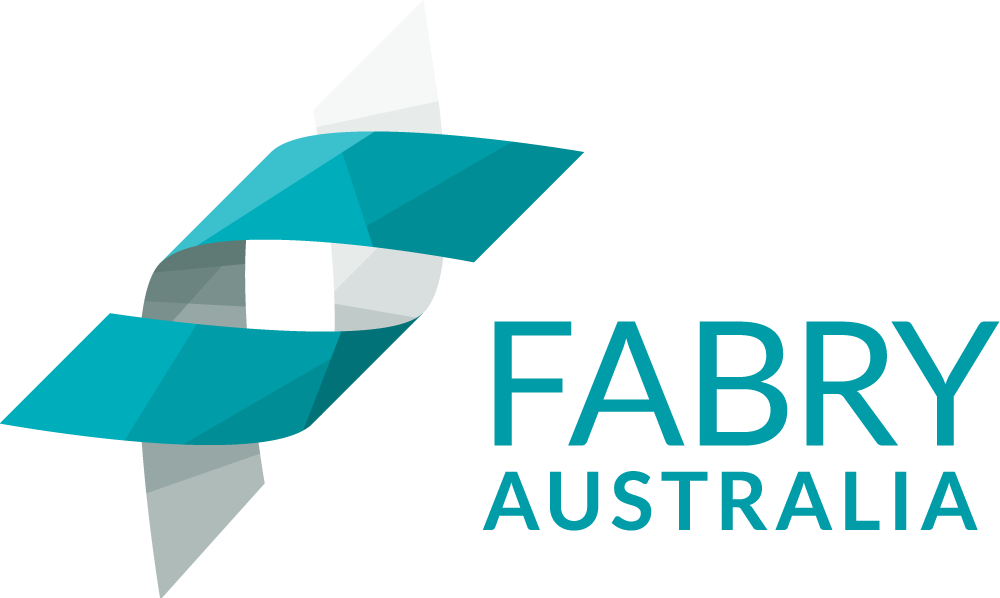Celebrating 30 years of Fabry Australia with ‘30 Fabry Stories, from the Australian Fabry Community.’
Tom McGoram grew up in New Zealand and emigrated to Australia in 1995. He was diagnosed with Fabry disease in 2011 and is on treatment under Australia’s Life Saving Drugs Program.
“New Zealand doesn’t have any treatments available for Fabry. My brother James has had significantly worse health effects without treatment.”
 In 2010 my maternal uncle passed away unexpectedly. A very good coroner in Auckland said the symptoms looked like Fabry disease. He ran some genetic tests and confirmed my uncle had the Fabry condition. I’m forever grateful for that coroner because so many people would miss it.
In 2010 my maternal uncle passed away unexpectedly. A very good coroner in Auckland said the symptoms looked like Fabry disease. He ran some genetic tests and confirmed my uncle had the Fabry condition. I’m forever grateful for that coroner because so many people would miss it.
I had no symptoms, but a few months later I was on a plane flying across the US when I fainted suddenly. When I got home my doctors did a barrage of tests, including genetic testing, to discover the problem and they found I had Fabry as well. Then my two brothers tested positive. Very rapidly we found many people across my extended family also had the disease.
I quickly learned you can scare yourself needlessly by looking up a rare disease on the Internet. There’s no substitute for medical expertise. My genetic specialist Dr Michel Tchan put me at ease as he talked me through my variant. It’s not all good news, but my wife Sarah and I came away from that first conversation with more optimism.
Sarah and I have one son, George, and thankfully, due to the Fabry genetic inheritance pattern, he won the genetic lottery and doesn’t have Fabry. So at least he stops the chain for future generations.
One of my brothers lives in Sydney and the other, James, lives in New Zealand. We all have Fabry disease.
I’ve been lucky. Since I live in Australia I qualified for treatment in 2011. Initially I was on enzyme replacement therapy by infusion every fortnight. Having intravenous treatment every fortnight was logistically challenging, driving 3 hours from Canberra to Sydney. I was knocked around by the side effects. That said, I’m grateful I had access to the treatment.
In 2019 I was approved for Galafold, a tablet treatment taken every two days: this drug has just been approved for the Pharmaceutical Benefits Scheme (PBS) which is wonderful news for many Fabry patients in Australia. I haven’t needed intravenous therapy since then, which makes life a lot easier. I’m what they call a cardiac variant. Thankfully, I don’t yet have any renal problems or extremity and gastro pains other patients with the classic Fabry variant suffer from.
New Zealand doesn’t have any treatments available for Fabry patients: A lack of treatment in NZ forces many families to move to Australia, Canada & the UK, and it likewise stops them from being able to move back. James has had significantly worse health effects without treatment. He’s had a harder road and it is heart-breaking for me and our extended family to see it happen in slow motion.
James is the chair of the Rare Disorders NZ advocacy group which builds community support and seeks Government policy change for funding treatment of rare diseases. James and his team have done a wonderful job in successfully pushing for a government Rare Disorders Strategy to address the gap in New Zealand. James is leading a huge campaign to write letters to Government, saying New Zealand’s Fabry patients are neglected and challenging them to implement their own policy.
Most of my hopes now are around helping my brother and my family to advocate for change in New Zealand so they can get the treatment they need and deserve. The options are you stay in New Zealand and have significant health issues, and possibly die prematurely, or you move to Australia.
Even in Australia there’s a challenge communicating with health professionals who’ve never heard of Fabry: GPs are busy dealing every day with a thousand other illnesses, so we are facing a significant challenge educating our medical professionals on rare disorders.
I want equitable treatment for rare diseases. We shouldn’t be punished for our genes.
